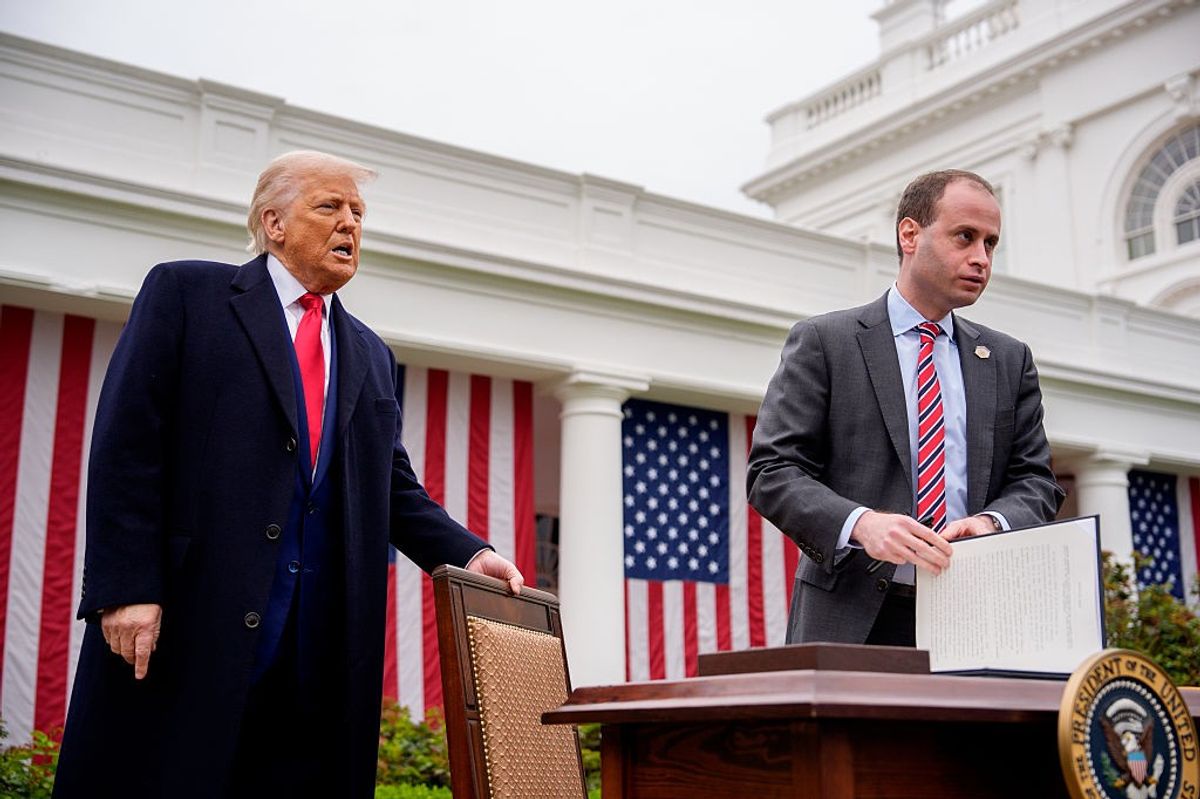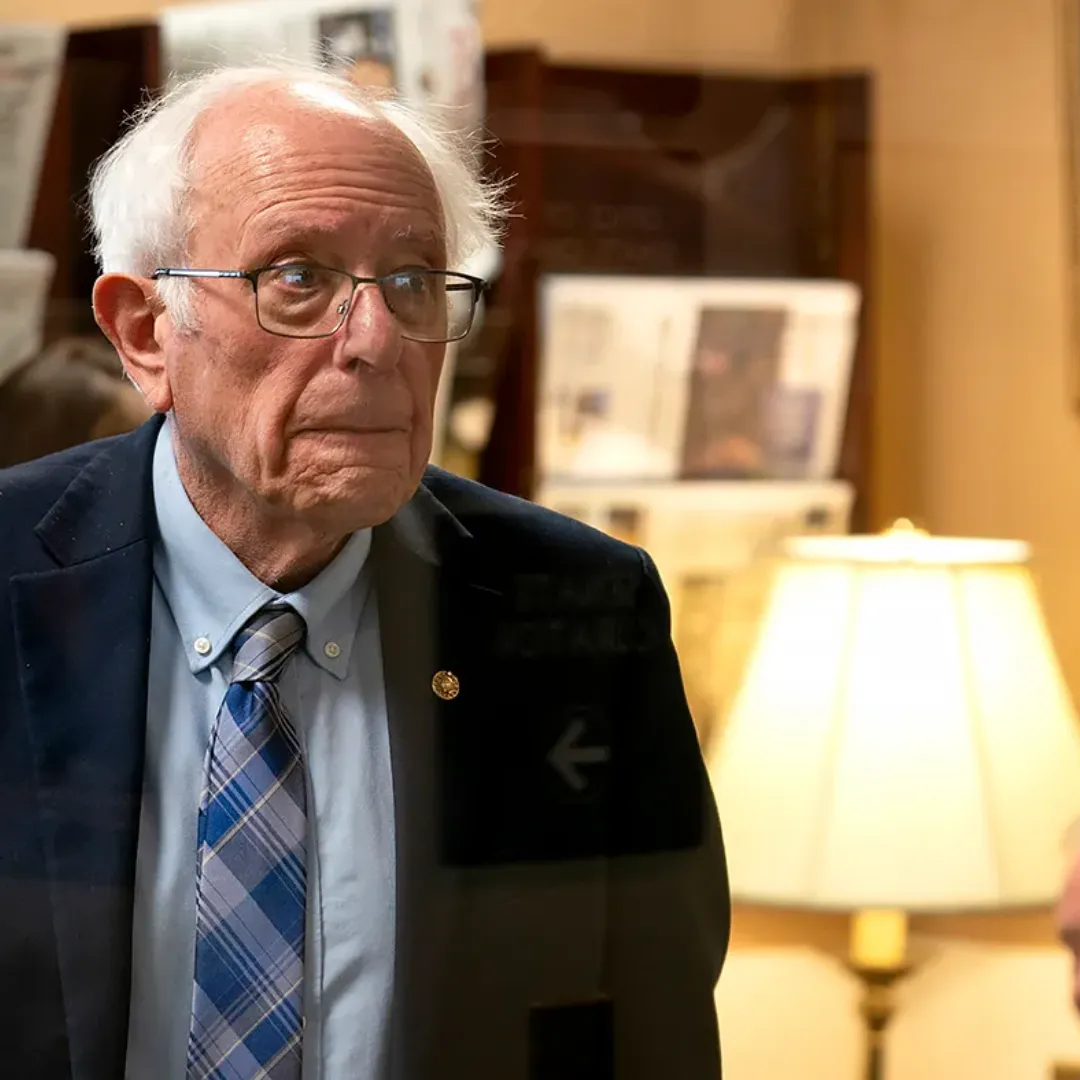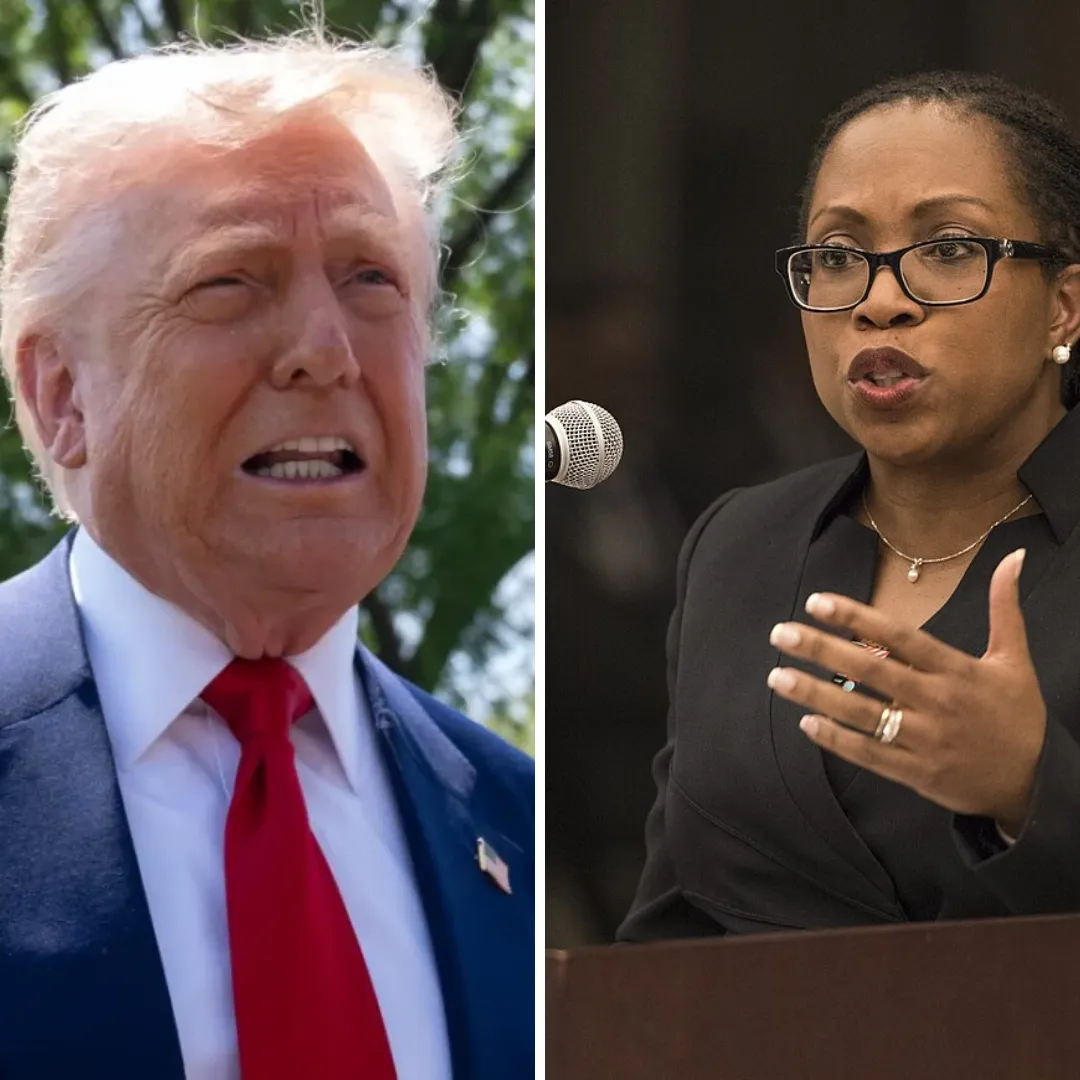
In a surprising and politically fraught move, the White House is reportedly pressing Republican lawmakers to include a tax increase on the wealthiest Americans in President Trump’s expansive legislative agenda—dubbed by the president himself as the “big beautiful bill.”
The proposed hike, which would target individuals earning over $2.5 million and couples earning over $5 million annually, could see the top marginal income tax rate revert from the Trump-era 37 percent back to its pre-2017 level of 39.6 percent.
In contrast, the bill would maintain and potentially expand tax cuts for middle- and working-class Americans, extending key provisions of the original 2017 Tax Cuts and Jobs Act (TCJA).
The proposed change represents a dramatic shift from longstanding Republican orthodoxy and has already ignited sharp internal tensions within the GOP, whose members are now racing to finalize the comprehensive tax-and-policy package in the House of Representatives.
Sources close to the negotiations confirmed to The Hill and Punchbowl News that the White House’s proposal was discussed directly with Speaker Mike Johnson (R-La.) in recent days, with President Trump personally requesting that Johnson consider the idea as recently as Wednesday.
However, when pressed on Thursday about the top tax rate after exiting the Capitol, Speaker Johnson declined to respond, leaving open questions about where House leadership currently stands.
The internal party divisions could not be more stark. For decades, Republican leaders have adhered to a fundamental opposition to raising taxes, especially on high earners.
The 2017 tax reform, which slashed rates across all income levels, remains one of Trump’s signature legislative accomplishments from his first term. But the idea of allowing the top rate to return to 39.6 percent for ultra-high-income households has resurfaced as the administration looks for ways to pay for a new round of tax relief for lower-income Americans, while preserving federal healthcare programs such as Medicaid.

According to one source familiar with the discussions, this narrow tax increase would help offset the costs of broader tax cuts and also defend against Democratic accusations of favoring the wealthy at the expense of the poor.
One senior administration official confirmed the contours of the proposal: “The President is considering allowing the rate on individuals making $2.5 million or more to revert from 37% to the pre-2017 39.6%. This will help pay for massive middle and working-class tax cuts, and protect Medicaid.”
The proposal would affect only the top fraction of American earners. For the 2024 tax year, the current top tax bracket applies to individuals making more than $609,351 and couples earning more than $731,201, meaning that many high-income households would still benefit from rate reductions—just not the wealthiest tier.
For the administration, the move is part of a larger strategic effort to reframe the Republican tax agenda as inclusive and protective of the social safety net.
The “big beautiful bill,” currently being finalized by House Republicans, combines sweeping tax revisions with energy policy, immigration reforms, a debt ceiling adjustment, and major proposed changes to Medicaid.
The inclusion of even a narrowly targeted tax hike, however, could mark one of the most significant ideological departures within the modern Republican Party.
Some conservatives are livid. Grover Norquist, the influential head of Americans for Tax Reform—an organization best known for getting Republican lawmakers to sign a pledge opposing any tax increases—lashed out at the proposal.
“We oppose any effort to increase income tax rates on individuals or businesses,” he wrote Wednesday on X, formerly known as Twitter. “Trump ran on making all the tax rate reductions permanent.” Norquist’s influence looms large within GOP circles, and his condemnation may galvanize conservative resistance.
Likewise, David McIntosh, president of the powerful Club for Growth, issued a strongly worded statement warning of dire political consequences. “Scaling back the size and scope of the $4 trillion tax cut will help the Democrats raise taxes,” he said.
“This is not a serious option, and it is political suicide. We think this is bad policy and bad politics. If Republicans increase taxes, they almost certainly will lose the House and Democrats will start the impeachment process all over again.”
Notably, Trump himself has walked a delicate line on the issue. While he continues to champion the original tax cuts as a landmark achievement, he has also expressed openness to modifying the top bracket.
In an interview with Time magazine last month, Trump admitted, “I certainly don’t mind having a tax increase,” although he expressed concern that it could be used against him in a future campaign.
“I actually love the concept, but I don’t want it to be used against me politically, because I’ve seen people lose elections for less, especially with the fake news,” he said.
On Capitol Hill, the response has been mixed. A spokesperson for the House Ways and Means Committee, which met Thursday to finalize the tax components of the bill, declined to provide details, saying only that the panel is preparing to mark up the legislation on Tuesday.
The White House has also remained quiet publicly, with no immediate comment from their press office in response to media inquiries.

Nevertheless, the tax proposal appears to be gaining traction with at least some Republicans—particularly those seeking to blunt Democratic messaging on inequality and social welfare.
Congressman Chip Roy (R-Texas), a member of the hard-right House Freedom Caucus and a known deficit hawk, surprisingly endorsed the concept under certain conditions.
“I believe all taxes should be lower & that government should be smaller,” he wrote on X. “But, b/c Republicans have only delivered on the former, @realDonaldTrump is SMART to put NET TAX DECREASES with a possible higher top rate on the table IF & ONLY IF we are seriously reforming Medicaid.”
The Republican tax package, however, is not being crafted in a vacuum. GOP leaders are juggling the demands of various ideological factions within their own party.
Some hardliners are insisting on a deficit-neutral bill, which puts them at odds with moderates who are leery of deep reforms to programs like Medicaid. Additionally, Republicans from high-tax blue states have been vocal in demanding that the state and local tax (SALT) deduction cap be lifted or adjusted—another controversial provision with major implications for the final deal.
Adding further complexity is the political calendar. With an election year fast approaching and congressional approval ratings sagging, both parties are under pressure to deliver legislative wins that resonate with their bases.
Republicans, in particular, are eager to present themselves as the party of fiscal discipline and economic growth—but that message becomes murkier if the package includes any measure that even resembles a tax increase.

Still, the White House seems to believe that the political risk is worth taking. By narrowly targeting tax increases to only the top fraction of earners—those making more than $2.5 million a year—the administration is attempting to construct a narrative in which tax fairness and fiscal responsibility go hand in hand.
The move could also be seen as a tactical effort to neutralize anticipated attacks from Democrats, who have long accused Republicans of prioritizing the wealthy in tax policy.
Yet outside advocacy groups aligned with the conservative movement remain unconvinced. Brent Gardner, the chief government affairs officer for Americans for Prosperity, criticized the idea sharply.
“It is unbelievable that House Republicans are seriously considering raising taxes on anyone, and at the same time refusing to eliminate the trillions of dollars in waste from Joe Biden’s Green New Scam,” Gardner said in a Thursday statement.
Despite the backlash, the idea of restoring the pre-2017 top tax rate appears to still be on the table as lawmakers work behind the scenes to reach consensus.
What remains uncertain is whether Speaker Johnson and other GOP leaders are willing to cross a line that many in their party have spent decades defending.
Having built a brand on tax cuts, especially for high-income earners, any move in the opposite direction—even if minor—will be scrutinized both inside and outside the Beltway.
For now, Trump’s megabill remains a work in progress, a sprawling piece of legislation that may define the second act of his presidency. With its provisions on taxes, energy, immigration, healthcare, and debt, the bill offers a glimpse into Trump’s vision of government—one that still favors aggressive deals and bold maneuvers but is increasingly shaped by political calculation and the realities of governing a divided party.

Whether the top tax rate goes up or stays locked in place, the final version of the legislation will almost certainly reflect a carefully negotiated balance between ideological purity and political pragmatism. But one thing is clear: the Republican Party’s identity is once again being tested—not just by external opposition, but by internal evolution.




